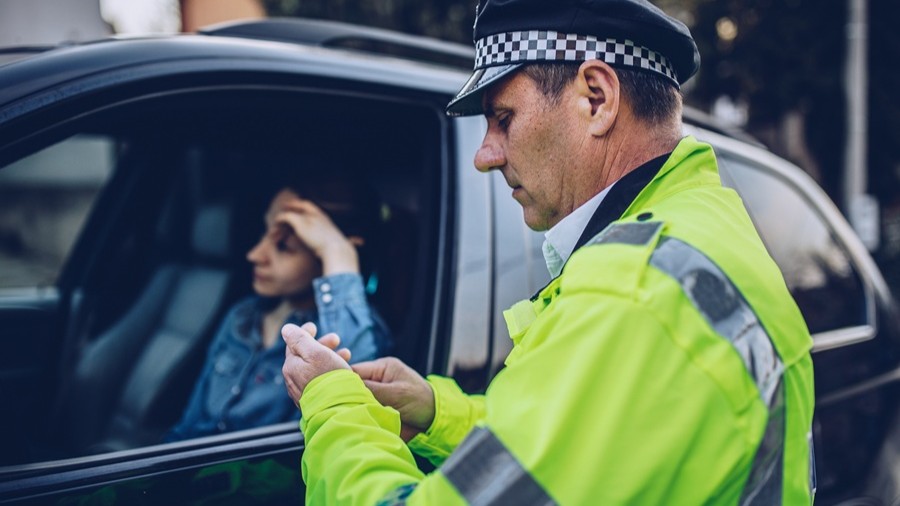The immigration squeeze: how skilled worker visa reforms are reshaping UK STEM
The UK’s science, technology, engineering, and mathematics (STEM) sectors have long depended on global talent to fuel innovation and maintain competitiveness. Recent immigration reforms, however, are creating significant barriers, threatening…
READ MORE





